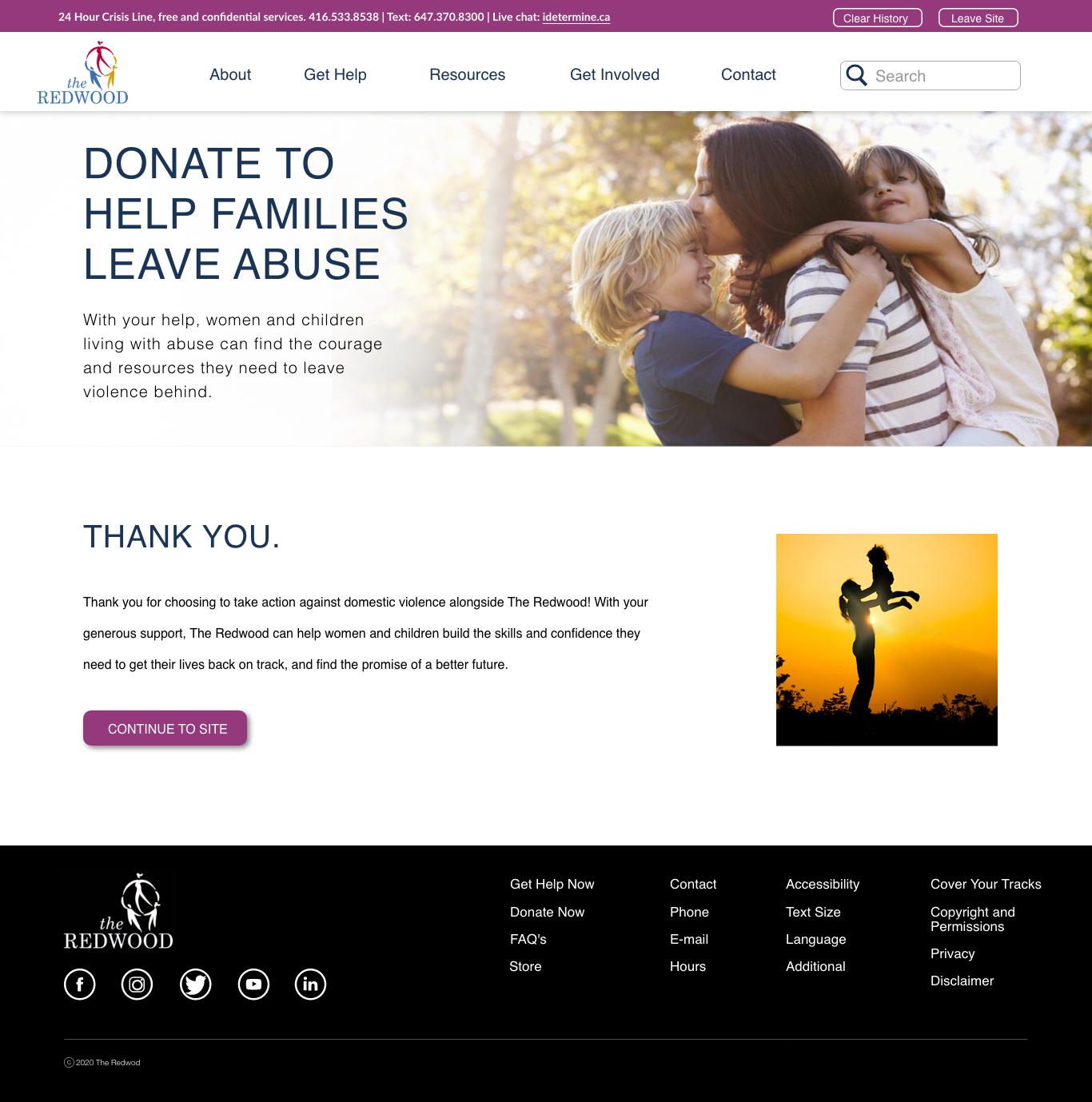The Task: I worked on a team to help redesign a Toronto-based women and children’s shelter, The Redwood. Our goal was to improve the interface and create a more seamless experience for the primary clients, women and children fleeing abusive homes.
My Role: I was primarily responsible for the user research, including conducting user interviews with social workers, which was our only primary research source. We relied heavily on secondary research for this project.
Limitations: The sensitive nature of this issue made it difficult to find willing participants for interviews and surveys.
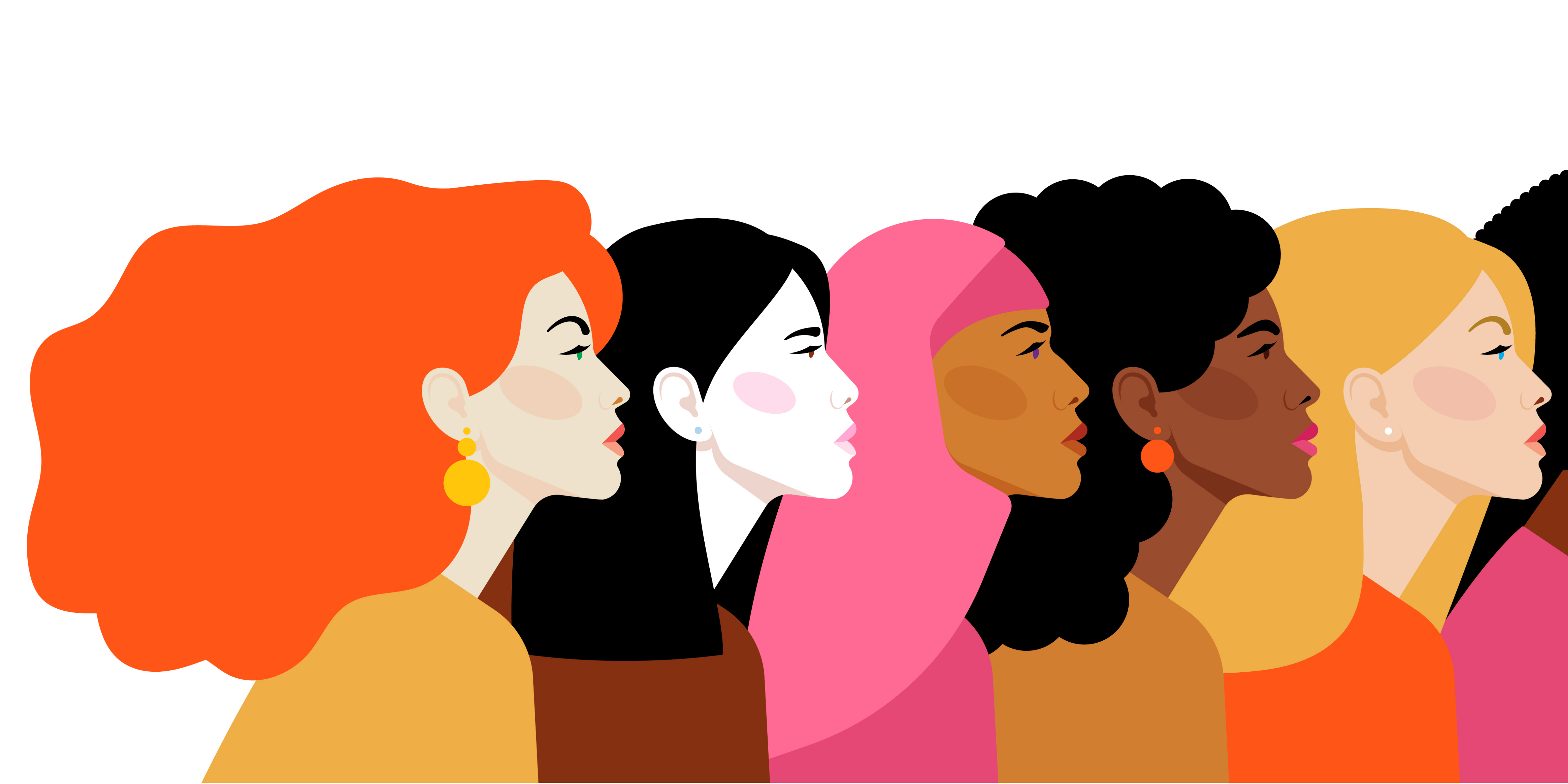
Sad Facts: (TW: Domestic Violence) According to Statistics Canada, family & intimate partner violence accounts for one-quarter (1/4) of all police-reported crimes in Canada. Domestic violence is still grossly underreported in light of such an alarming statistic, as less than 18% of victims report abuse. Many women and children in Canada suffer in these abusive conditions, with not much of an out. For those who are lucky to leave these abusive situations, they are often rendered homeless whilst their lives are in danger, and their physical and mental health is at risk.
Domestic violence is still grossly underreported in light of such an alarming statistic, as less than 18% of victims report abuse


The Problem: Domestic violence is underreported for many reasons; a major reason being that victims often feel alone and are made to believe (by their abusers) that they are not cared for, and nobody will help them if they report their abuse. Victims of abuse looking to leave those situations will only do so if they have support. We decided to reimagine the website of this shelter by making centering support to encourage victims to make the transition to survivors.


Research: Studying The Problem Because this was a redesign, the first cause of action was conducting a heuristic analysis on the current website. Here’s what we discovered:
- website had lots of navigation issues (broken links, no breadcrumbs).
- information was difficult to find (no search bar).
- no uniformity in colour or font style.
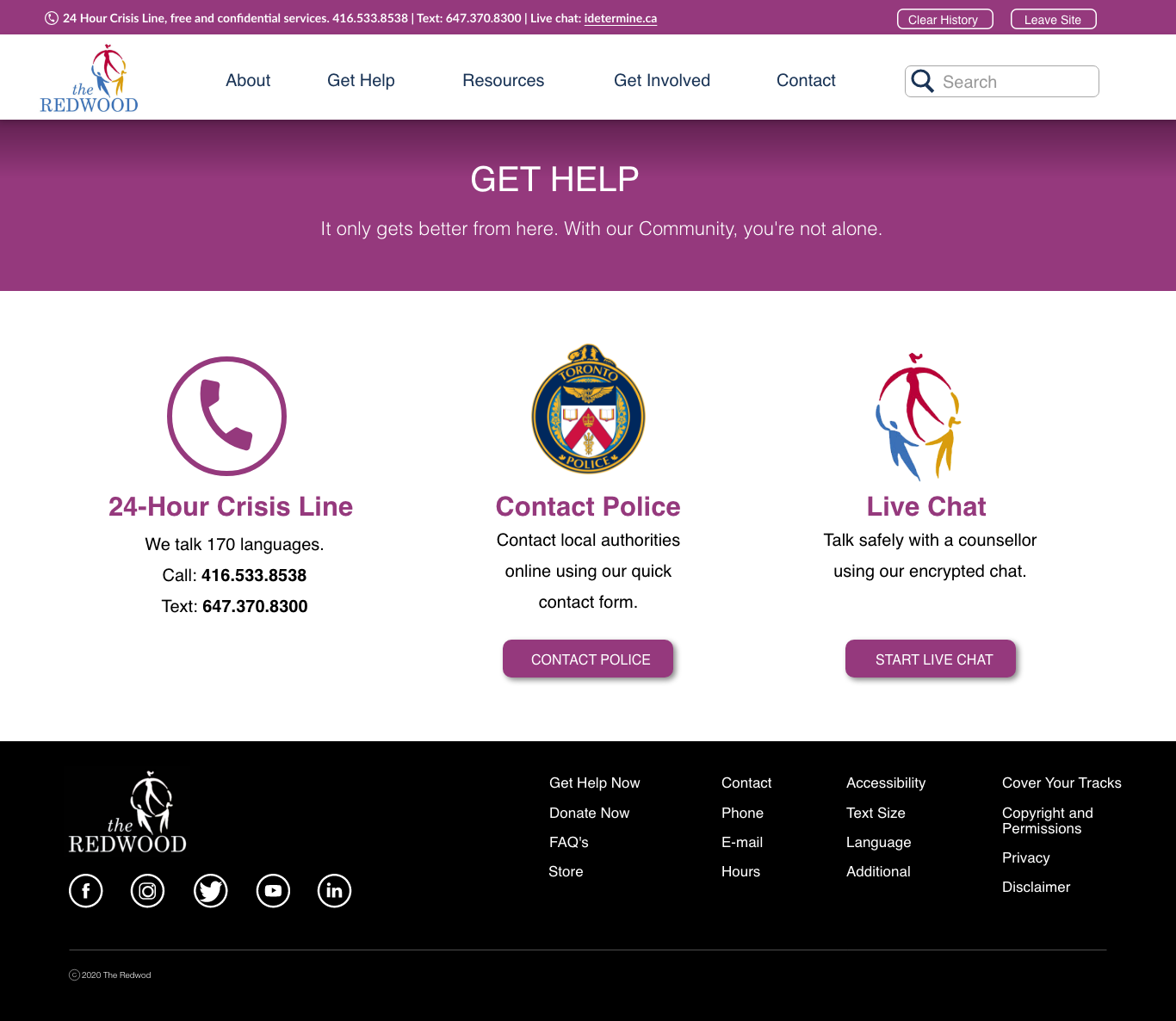
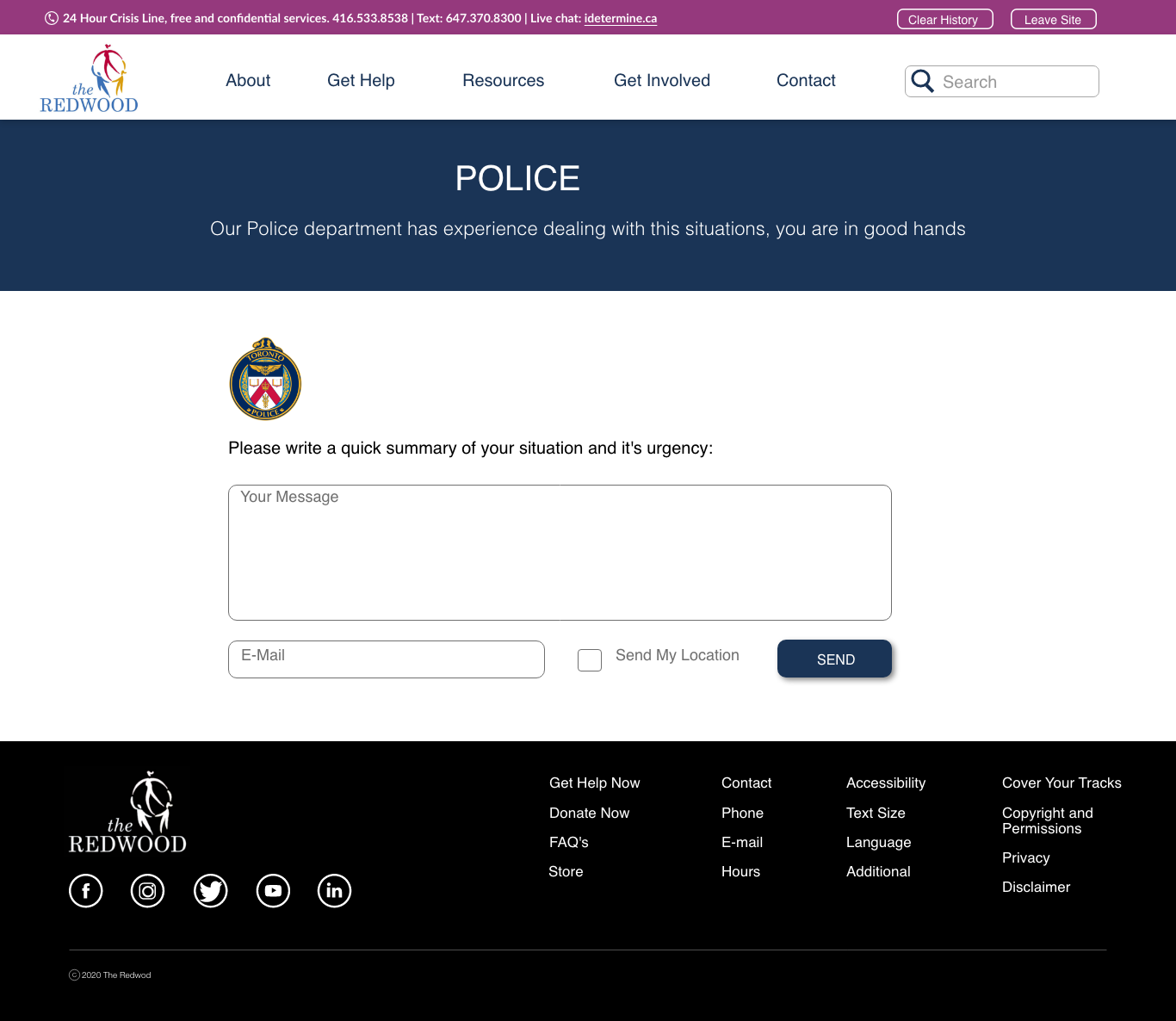
We tried to get to know the user as best we could by speaking to a few social workers; then, we came up with these user research objectives:
- understand the thought process of a victim. How do they feel about reaching out for help? What are the limitations?
- find out how aware they are of all available support channels and tools.
- understand how women navigate an abusive environment.

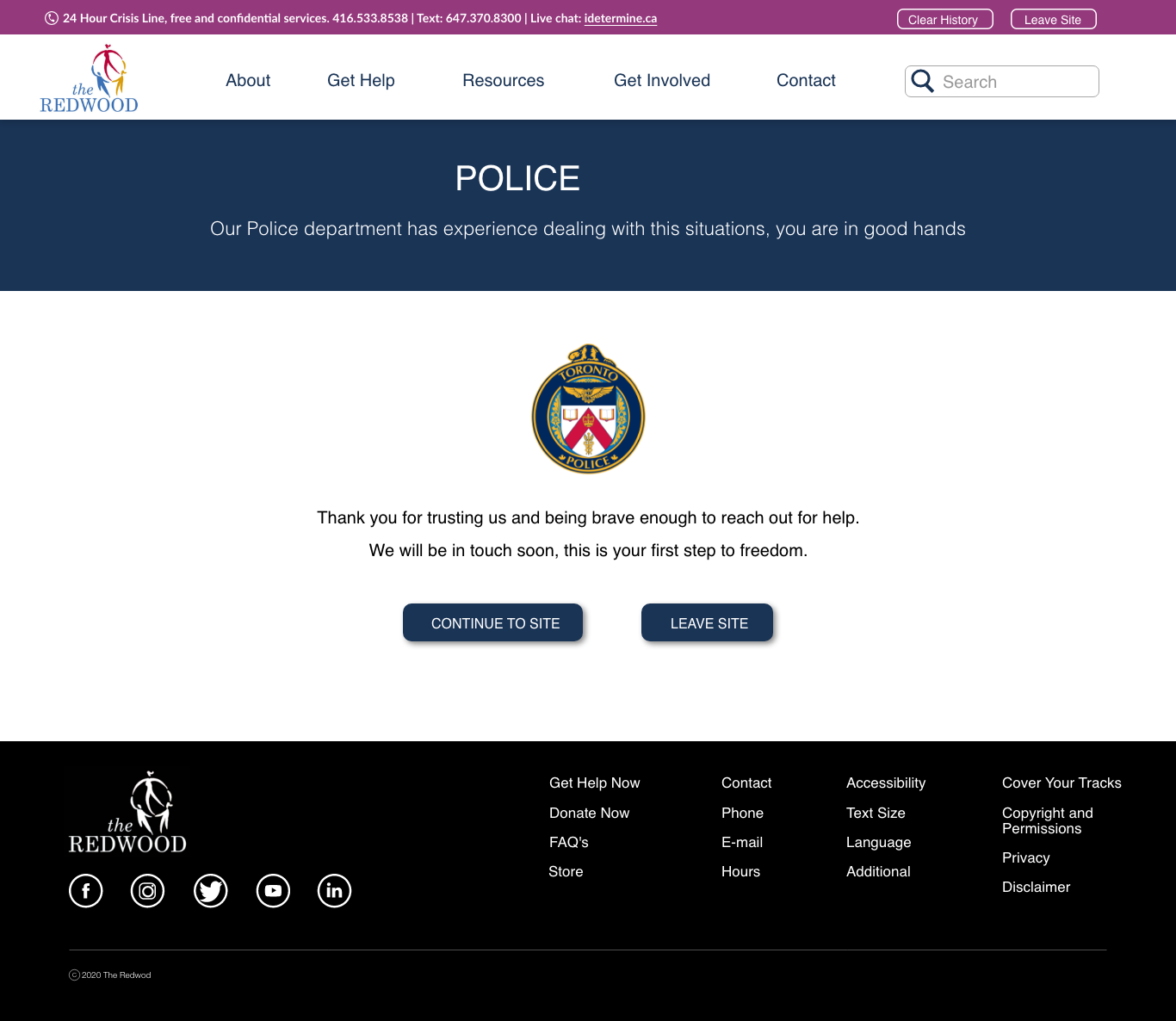
Here’s some of the insight we got:
Something that is not talked about is what to do after the victim has left the abusive home. The website should include a support group or mental health resources for women dealing with trauma after leaving the abuser. - Social worker.
I had no idea the police would get involved and care, or anybody else would care. If I knew I had the option, I would have left a long time ago. That was one of the main reasons I did not attempt leaving him. When I found out I could leave, it was after he tried to kill me and I was in the hospital. - A survivor.
With the new information, we decided that victims needed something to inspire confidence and trust. It led us to ask.
How might we design a platform that generates trust and hope to victims trying to reach out for help?
Final Prototype: https://xd.adobe.com/view/5d51cb9a-6767-424c-783e-7fcba0140077-2b60/
